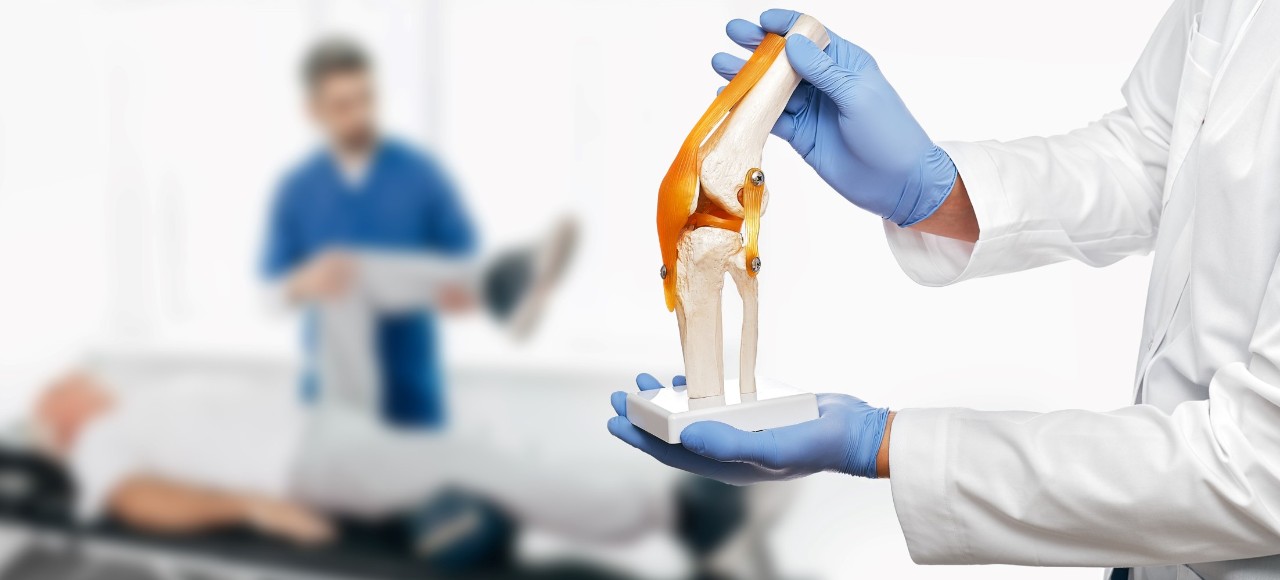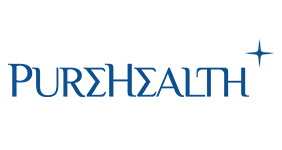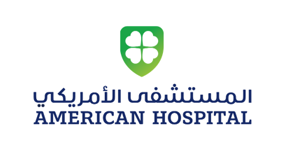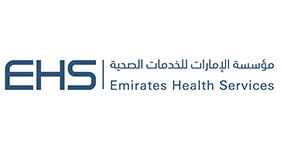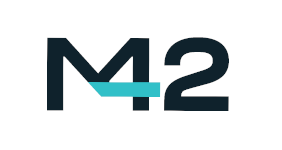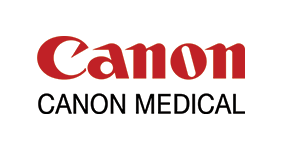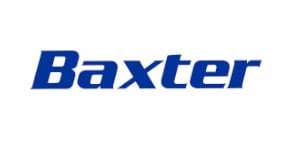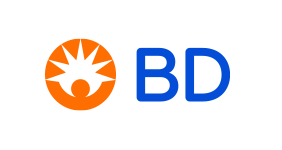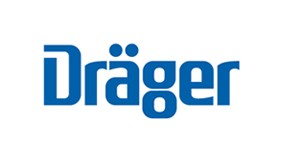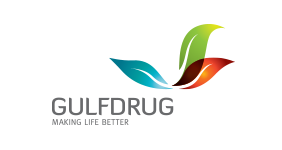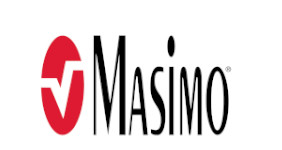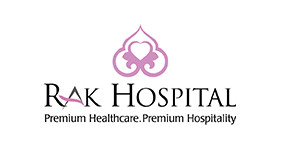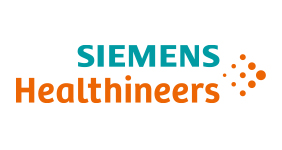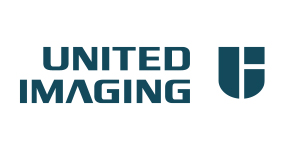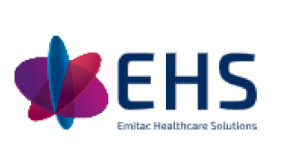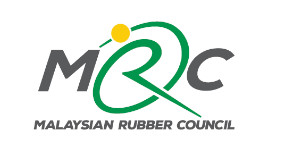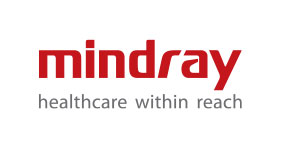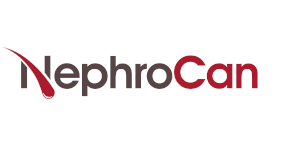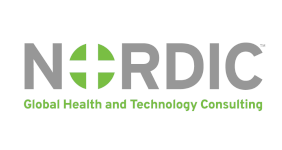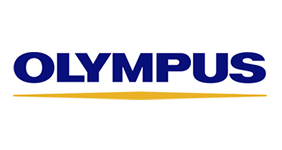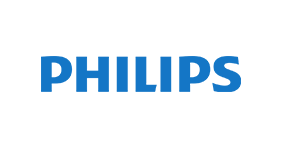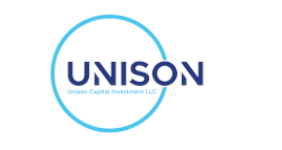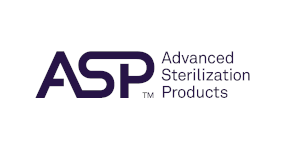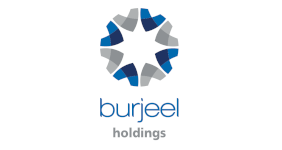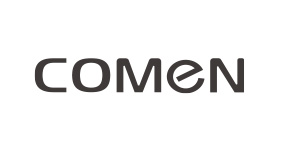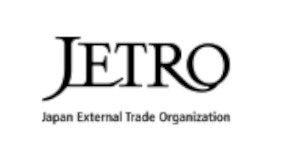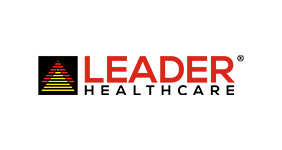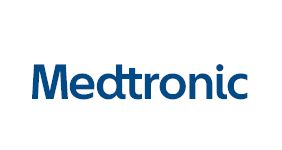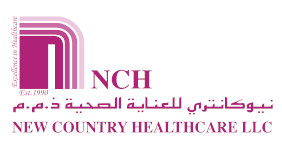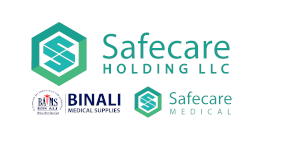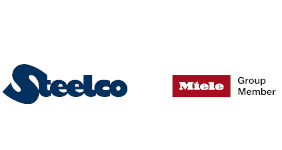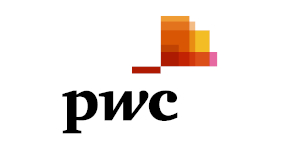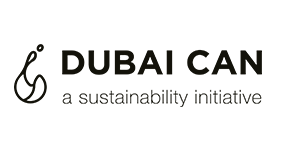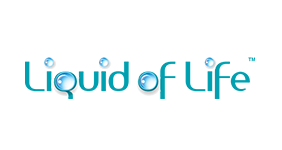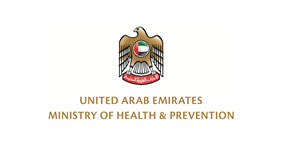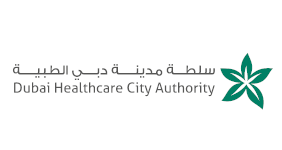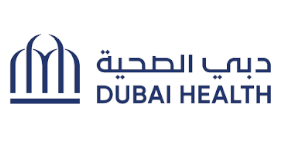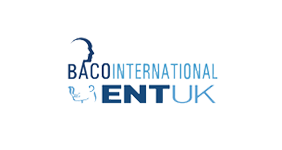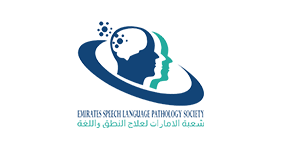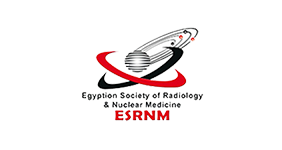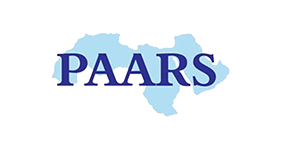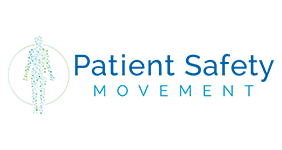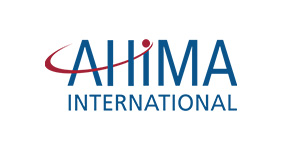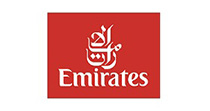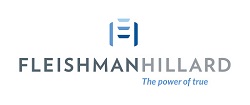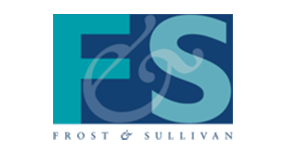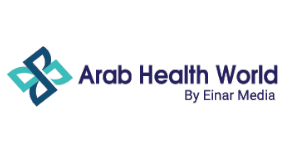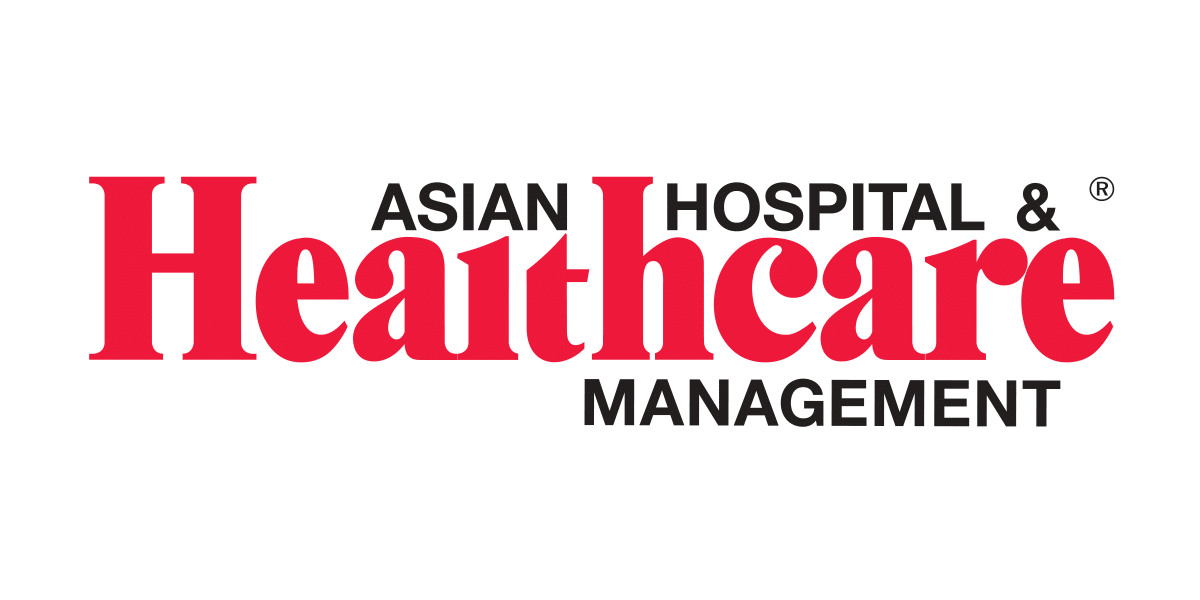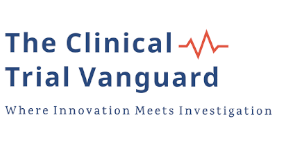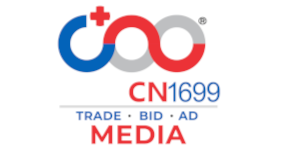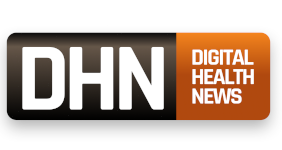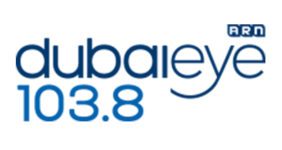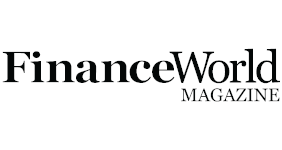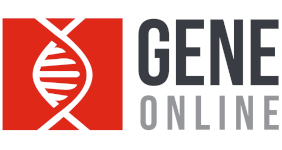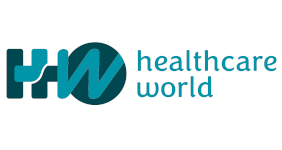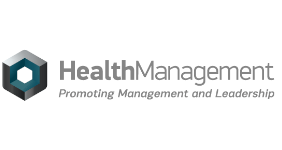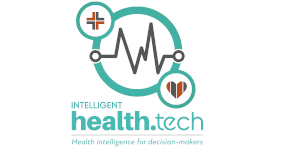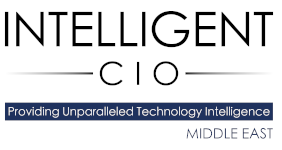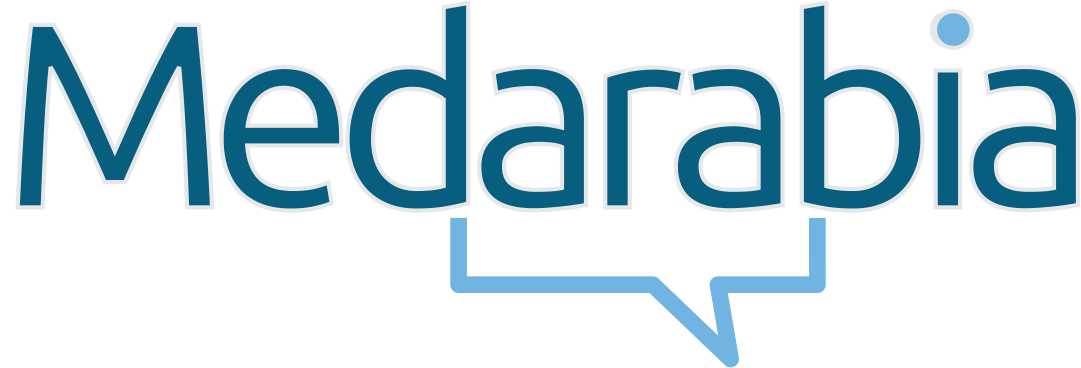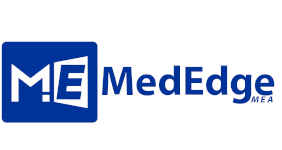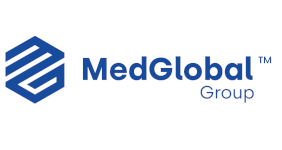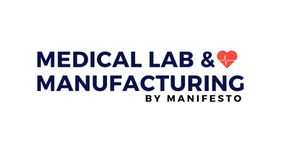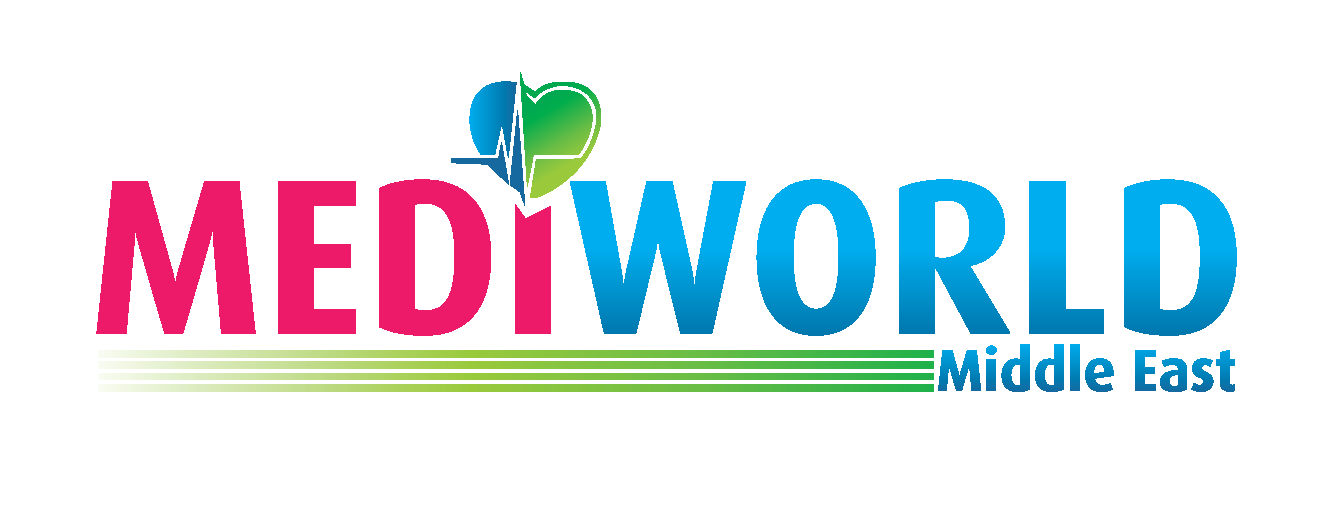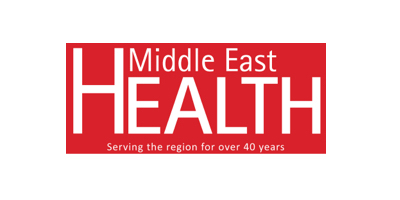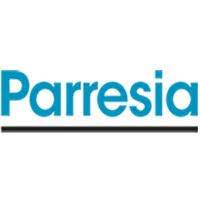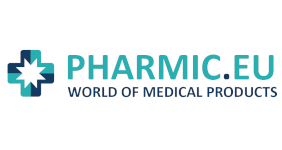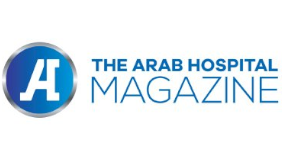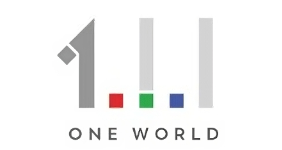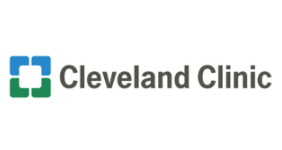Despite a long and slow road to recovery after the COVID-19 pandemic, the fields of orthopaedics and physical therapy are now moving forward in ways that are here to stay. So, what are the different factors driving change in orthopaedics & physiotherapy, resulting in new trends in the near future?
With the United Nations projecting that by 2050 there will be more than 2.1 billion people aged over 60 years in the world, coupled with changing health and demographic trends of the increasing prevalence of non-communicable diseases, the need for orthopaedic and physiotherapy care that improves the quality of life for patients will continue to grow.
While orthopaedic surgery is improving thanks to accelerated technological advancements in everything from telemedicine to orthopaedic devices, the orthopaedic device market has become more resilient since the COVID-19 pandemic with high patient recapture rates for orthopaedic procedures and companies taking the chance to find new ways to drive procedure efficiency and reduce costs while improving patient outcomes.
With new techniques emerging from evidence-based research, physiotherapy is instrumental in eliminating pain, improving mobility, and reducing the impact of chronic conditions. The physiotherapy equipment market is also expanding owing to increased osteoporosis cases, the prevalence of musculoskeletal disorders, and the rising number of rehabilitation centres.
ORTHOPAEDICS
Market Outlook
Despite the cessation in demand amid the COVID-19 pandemic, the global orthopaedic devices market is expected to reach $59.6 million by 2025 from $44 million in 2020. According to Fairfield Market Research, the market is anticipated to rise at a 6.3% Compound Annual Growth Rate (CAGR) between 2021-2025.
Meanwhile, the latest report by Industry Research suggests that by 2028, the global orthopaedic robotics market is expected to be worth over $2 billion, almost tripling in value from 2022. Research from Global Data has revealed that in 2020, around 11% of knee reconstruction surgeries were completed with the support of robotic assistance. The number of robotic-assisted knee reconstruction surgeries is expected to reach approximately 700,000 globally by 2030, with a CAGR of 8% from 2021 to 2030.
According to data from The Orthopaedic Industry Annual Report, five important market forces are driving orthopaedic industry growth:
- Hospital staffing issues from illness and exhaustion due to the workload during the COVID-19 pandemic.
- Global supply shortages of resin, titanium, silicone and electronic components remain a challenge for the orthopaedic industry, with supply chain volatility expected to persist into 2023
- Minimal significant procedure backlog recovery with only a gradual recovery of postponed cases expected into 2023
- Orthopaedic players are driving the digitisation of surgery and the patient experience, with more companies expected to seek ways to leverage this synergy
- The pandemic has contributed to the accelerating shift of orthopaedic procedures to outpatient centres with the emergence of more Ambulatory Surgery Centre (ASC)-focused products and selling strategies
Top Trends
Artificial intelligence and machine learning
In orthopaedic surgery, you can use AI to predict the outcome of a procedure more accurately, adjust your patient’s postoperative care plan accordingly or use remote patient monitoring (RPM) tools for other remote approaches to orthopaedic care, such as remote therapeutic monitoring.
3D printing
3D printing has enormous potential in orthopaedic surgery, with research showing that using 3D printing reduces operative time and estimated blood loss. One of the most accessible applications of 3D printing in orthopaedics is incorporating it into the preoperative planning process.
Enhanced imaging technology
Virtual and augmented reality is used in operating rooms for more precise surgeries and can be used to train medical students outside the operating room.
Advancing nonsurgical orthopaedic treatment
There are new ways to treat chronic orthopaedic conditions in non-invasive, nonsurgical manners, including plasma injections and stem cell therapy that can provide patients relief without requiring surgery.
Orthopaedic Surgical Robots
Robotic-assisted knee procedures have experienced rapid growth in surgical application with an increased number of different robotic platforms. Robotic total knee surgery, for example, improves consistency and accuracy in controlling implant positioning, ligament balance, and limb alignment.
PHYSIOTHERAPY
Market Outlook
Data Bridge Market Research analyses have revealed that the physical therapy market, which was $23.1 billion in 2021, is expected to reach $37.2 billion by 2029 and undergo a CAGR of 6.15% between 2022 to 2029.
According to Marketsandmarkets.com, the global physiotherapy equipment market is projected to reach $24.5 by 2027 from $18.4 billion in 2022, at a CAGR of 6% during the forecast period.
Factors driving the industry growth and change include:
- Changing health needs due to ageing populations
- Patient expectations are shifting with greater access to information
- Advances in technology are providing physiotherapists with even greater insight into their patient's health
- Increase in demand for occupational health services and ergonomics
- Shorter hospital stays mean more patients being redirected to rehabilitation centres for physical therapy
Top Trends
Telehealth
The COVID-19 pandemic has accelerated the use of telehealth services for physiotherapy. Some benefits include seeing how clients interact with equipment or devices in their home environment, greater opportunities for clients who live remotely, wearables to enhance teleconsultations, and real-time assistance with urgent issues.
Home-based care
As our ageing population increases, so does the need for physiotherapy as part of multi-disciplinary care that is more accessible and affordable. Home-based physiotherapy is also preferred for those that are considered high-risk patients where it is unsafe to travel outside of the home environment.
Advanced technology
New technologies like augmented reality and artificial intelligence drive rehabilitation and physical therapy innovation. AI can make a faster diagnosis, better performance, and accurate results for patients and providers and remove unnecessary stressors that obstruct clinical work.
Focus on prevention
There has been a noticeable shift towards prevention in physiotherapy rather than treatment. In addition to the cost-savings, there will be changing health needs in the future, with older patients requiring preventative physiotherapy treatment to help them remain physically strong.
Data Science
Data science can help reveal trends, patterns, and vital insights into a specific user group. For example, wearable health tracking devices can offer physiotherapists valuable insights into their patients’ lifestyles so that they can make more informed decisions about patient care
Major trends driving growth in medical disposables and consumer goods?
The COVID-19 pandemic and demand for PPE
Over the last few years, the increased volume of patients in the hospital because of COVID-19 was a primary cause of the rising demand for medical disposables such as gowns, gloves, and masks. According to the International Journal of Infectious Diseases, healthcare workers reusing Personal Protective Equipment (PPE) while caring for patients with COVID-19 were 83% more likely to be infected than healthcare with adequate PPE.
The demand put the entire PPE manufacturing value chain under significant pressure. Industry experts suggest that the global production of PPE increased by at least 300% at the peak of the pandemic, principally driven by demand for masks. As a result, the global PPE demand is expected to return to its pre-pandemic mix and keep rising at a CAGR of 6-9% from 2022 to 2025.
Infection prevention standards
Infection prevention and control affects all aspects of healthcare, including hand hygiene, surgical site infections, injection safety, antimicrobial resistance and how hospitals operate during and outside emergencies. Infection prevention control policies and procedures are continually implemented and upgraded by international bodies such as The Joint Commission, with healthcare organisations encouraged to monitor any updates for compliance. Topics covered by the Joint Commission include personal protective equipment, water management operative attire, glucose monitoring and insulin administration, and ultrasound transducers, for example.
Hospital-acquired infectious diseases
According to the latest report from the CDC from 2020, every year, around one in every 25 hospital patients acquires at least one hospital-acquired infectious disease (HAI). However, most HAIs are preventable, and the solution lies in understanding the transmission path and using the most effective cleaning methods and tools to help prevent the spread of pathogens.
Regarding supporting sterile practices that help lower HAI rates, disposable medical supplies provide a level of certainty that reusable supplies cannot. Many authorities maintain that sterility is most easily, consistently, and reliably achieved in medical devices using single-use, disposable equipment rather than reusable equipment. The greatest asset of disposables may be their lower likelihood of transmitting infection compared to reusables, which are documented causes of cross-contamination.
Awareness of personal health and hygiene
According to Allied Market Research, the global personal hygiene market is projected to reach $720.7 billion by 2030, registering a CAGR of 3.6% from 2021 to 2030. Growing consumer awareness of the importance of maintaining health and hygiene standards are the major factors driving the growth of cleaning and personal hygiene products in home and healthcare settings. In addition, an increase in disposable income and the rise in healthcare expenditure on personal hygiene are significant factors driving the personal hygiene market growth.
As an essential part of personal hygiene, Data Mine Intelligence valued the hand hygiene market size at $ 2.9 billion in 2021 and is estimated to reach $5.57 billion by 2029, growing at a CAGR of 7.1% from 2022-2029.
Bioplastics for sustainability
Not only do bioplastics offer significant benefits in terms of specific properties and functionalities, but they also provide opportunities to make applications and processes more sustainable. In addition, the rising adoption of bioplastics across the healthcare sector to curb environmental footprint will further boost the production of biodegradable medical disposables and supplies in the coming years.
According to European Bioplastics, it is also the independence of non-renewable resources, the uptake of biogenic carbon, a potential for closed-looped systems, combined with innovative properties that meet the demand of the medical sector, are strong arguments for a long-term change to sustainable bioplastics.
Mergers and acquisitions to sustain growth
As the demand for medical disposables intensifies and companies jostle for the competitive edge and a higher percentage of the revenue, larger entities in the global disposable medical supplies market are driving policies of enlargement such as merger and acquisition, partnership, new product development, amalgamation, and joint ventures. Mergers and acquisitions provide a unique opportunity to access new products and markets, new revenue streams and geographic expansion to stimulate organic growth.
References
https://www.gminsights.com/industry-analysis/medical-disposables-market
https://www.futuremarketinsights.com/reports/disposable-medical-gowns-market
https://www.ijidonline.com/article/S1201-9712%2821%2900023-0/fulltext
https://www.fortunebusinessinsights.com/over-the-counter-otc-drugs-market-105433
https://www.linkedin.com/pulse/growth-landscape-global-disposable-medical-supplies-market-kumari/
https://www.jointcommission.org/resources/patient-safety-topics/infection-prevention-and-control/
https://www.cdc.gov/hai/data/portal/progress-report.html
https://www.datamintelligence.com/research-report/hand-hygiene-market
https://www.grandviewresearch.com/industry-analysis/hospital-gowns-market

